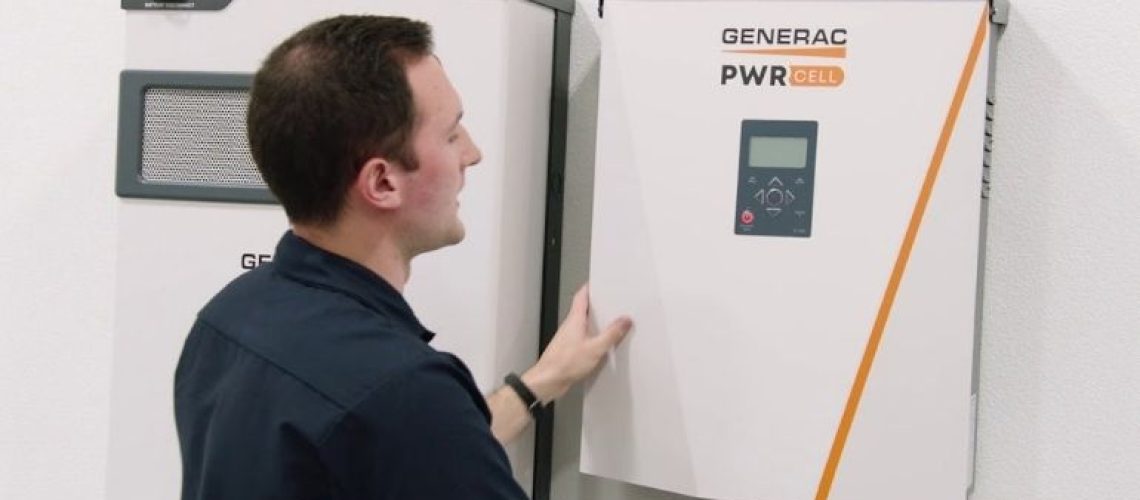Generac Grid Services announced it has been awarded a multi-year contract from Arizona Public Service (APS) to deliver additional grid capacity from residential battery storage systems. The agreement leverages Generac Grid Services’ Concerto distributed energy resource management system (DERMS) to provide both the requested capacity, as well as advanced grid services (AGS), including voltage management, real power orchestration, fleet energy control and targeted responses. In turn, this partnership will also help increase the presence of Generac’s PWRcell battery systems in order to provide energy to the grid.
This solution comes as part of APS’s Distributed Demand-Side Resources (DDSR) Aggregation Tariff, which encourages customers to install smart technologies, such as Generac PWRcell, along with other energy-saving products. Generac Grid Services was the sole bidder to provide all the requested products under the tariff. Generac Grid Services’ Concerto will be used to deliver capacity, demand response and load-shifting resources, as well as more advanced DERMS use cases, including locational value, voltage support and other ancillary grid services.
“APS is excited to work with companies like Generac Grid Services to connect residential customers with smart home batteries capable of dispatching dependable power and strengthening the APS grid,” said Kerri Carnes, manager of Customer Technology at Arizona Public Service. “Customer engagement is the centerpiece of all of our programs, and this is just one more way we are partnering with our customers to maintain service reliability and to maximize the clean energy benefits of solar-plus-storage systems in our service territory.”
As the chosen contractor, Generac Grid Services will begin to aggregate residential energy from Generac PWRcell batteries over a five-year term, beginning in January 2023. The aggregated energy will support both system-wide capacity via demand response events, as well as locational capacity on target system feeders. The network of batteries may also be able to provide additional services to the grid when otherwise available.



